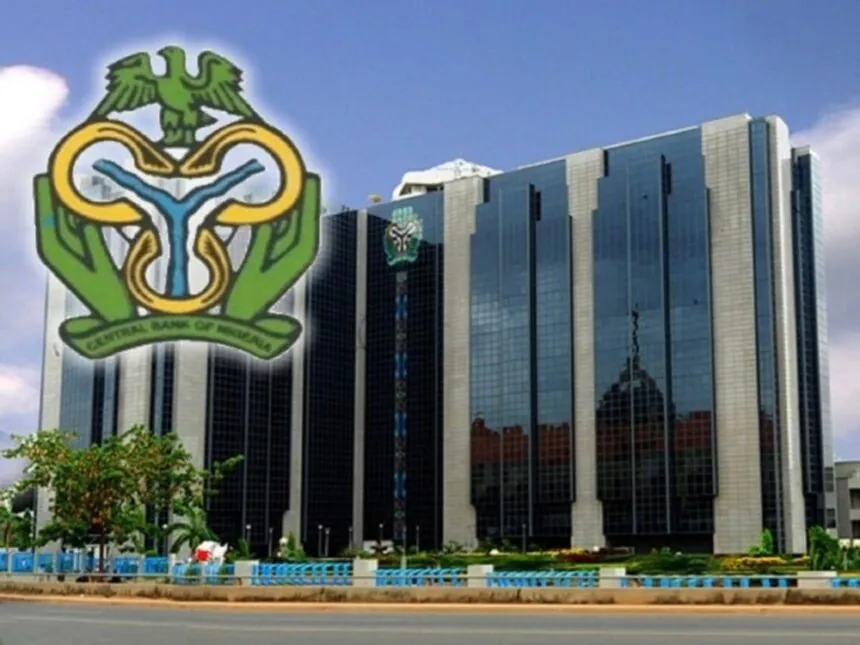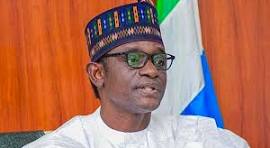MPC Faces Tough Decision as CBN Mulls Inflation Control over Economic Growth Pressures

As the Central Bank of Nigeria’s Monetary Policy Committee (MPC) prepares for its 301st meeting in Abuja from July 21 to 22, policymakers are confronting a critical decision: whether to maintain the current tight interest rate regime or begin loosening monetary policy in response to easing inflation.
This meeting comes at a pivotal moment for Nigeria’s economy. The recent stability in the naira and a marginal decline in inflation to 22.22 percent in June offer cautious optimism.
However, persistent challenges including food inflation driven by insecurity and flooding, and global uncertainties continue to test the country’s economic resilience.
Over the past year, the MPC has pursued aggressive rate hikes to curb inflation and stabilize the foreign exchange market. In May, the Committee held the benchmark interest rate at 27.5 percent, signaling a wait-and-see approach as key economic indicators showed signs of improvement.
Recent FX reforms and high-yielding OMO bills have bolstered inflows, supporting the naira’s appreciation. But while the external environment looks steadier, local conditions remain fragile, especially for businesses grappling with high borrowing costs.
Market analysts including Afrinvest and Cordros Securities urge caution, warning that any premature easing could undermine recent gains. With Nigeria’s Q1 GDP data yet to be released and risks from global tensions still looming, many believe the MPC will likely retain its current stance to sustain investor confidence and currency stability.
Afrinvest notes that the high interest rates on government securities have attracted vital foreign investment, helping to ease pressure on the naira. Cordros adds that any policy shift should be gradual to avoid destabilizing the FX market.
Still, voices advocating for rate cuts are growing louder. Financial analyst Bismarck Rewane of Financial Derivatives Company argues for a modest 25 basis-point cut, emphasizing that lending rates above 30 percent are choking small businesses and limiting consumer demand.
Rename points to declining inflation projections bolstered by fuel price reductions and monetary tightening as justification for a phased approach toward easing.
His view is echoed by stakeholders calling for more supportive lending conditions to spur productivity.
Governor Olayemi Cardoso has reiterated the Bank’s commitment to a stable policy environment. At the last MPC meeting, he emphasized the need to preserve recent macroeconomic gains, including efforts to reduce inflation to single digits and reform the FX market through initiatives like EFEMS and the NFEM FX Code.
CBN data indicates that the naira strengthened by nearly 7 percent in the parallel market in February, driven by improved FX liquidity and consistent interventions developments applauded by real sector players and manufacturers.
With crude oil production improving and non-oil sectors driving growth, some analysts believe the MPC could consider rate cuts later in the year if inflation continues on its downward trajectory.
The Nigeria Economic Summit Group (NESG) shares this view, suggesting that a more accommodative stance may be adopted before year-end to stimulate economic activity.
However, experts like Charles Abuede of Cowry Asset Management caution that monetary policy alone cannot do the heavy lifting. “With the MPR already at 27.5% and CRR at 50%, fiscal support is now essential, particularly to combat food inflation,” he said.
While global risks such as geopolitical instability and trade uncertainty persist, the International Monetary Fund (IMF) maintains a stable global growth forecast of 3.3 percent through 2026, offering some hope for emerging markets like Nigeria.
Still, Nigeria’s central bankers must weigh their next move carefully. Too much tightening may stifle the fragile recovery, while an early pivot to easing could reignite inflationary pressures.
With mixed signals from both domestic and global indicators, analysts widely expect the MPC to leave rates unchanged for now.
However, deliberations may set the stage for a gradual shift in the second half of 2025 if positive trends continue.
As Nigeria looks to balance economic growth with price stability, all eyes remain on the CBN and how it charts the course for the months ahead.









